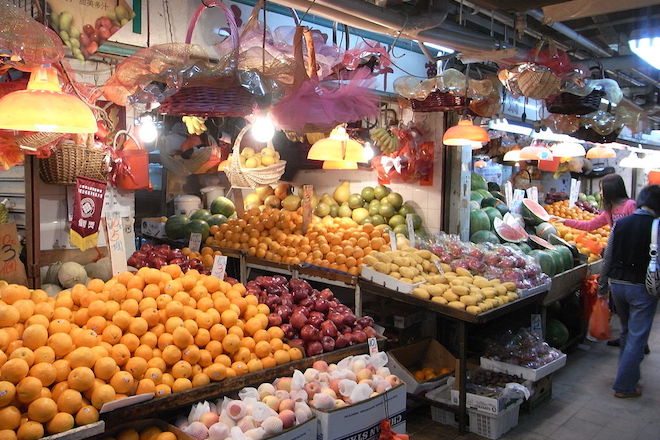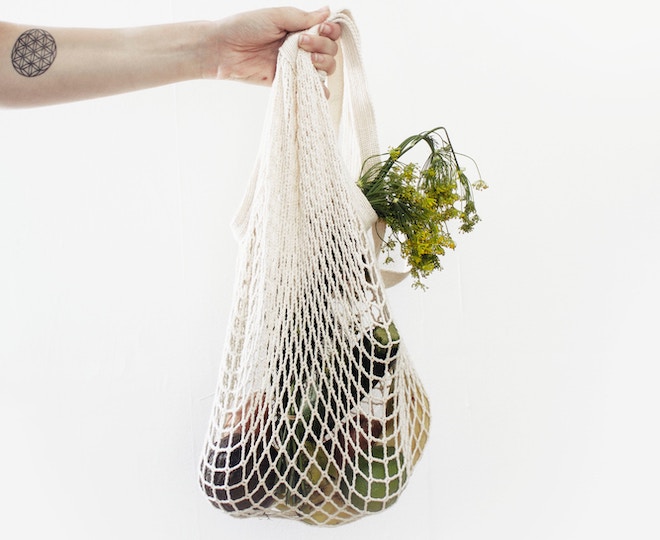Migraine-inducing strobe lights, endless traipsing up and down narrow aisles in search of a seemingly innocuous and overpriced item, and inevitably long checkout queues. If you’re ready to ditch the shopping trolley and dodge the supermarket altogether, wet markets are strong contenders as an alternative place to stock your fridges and fill your pantries.
[pro_ad_display_adzone id=“73367”]
What’s in a Name?
Markets in Hong Kong are often divided into wet (selling fresh produce) and dry (selling textiles, electronics, and more). The aptly-named facilities are frequently often sodden, owing to the ice blocks dripping underneath fresh produce. They are also regularly hosed down to keep with hygiene requirements.
[caption id="attachment_133117" align="aligncenter" width="660"]

Image via Wikimedia Commons / Tamserpo[/caption]
What You Will Find
Wet markets stock a huge variety of fresh produce, from fruit and veg to chilled meat, poultry, and seafood. If you’re in the market for a particular variety, you’re much more likely to find it at a market vendor’s stall than in a run-of-the-mill supermarket. Coupled with the huge array of items on offer, the wet market is also likely to stock fresher produce. The food sold here is typically free of preservatives, unlike in supermarkets, so you’re likely to leave with fresh-picked produce, but with a shorter sell-by date to boot.
Count Your Catties
Wet markets tend to use ‘catties’ (a traditional unit of measurement) to weigh produce. One catty equates to roughly 600 grams. Catties are measured in sixteenths, and are used to weigh everything from fresh fruit and seafood to dried herbs and medicines. While counting catties guarantees that you will leave with enough of what you sought, the market is also an easy place to count your pennies. This is particularly true if you go later in the day (or just before closing), as vendors significantly reduce prices to clear as much stock as possible before the day ends. It also tends to be quieter later in the day which is a bonus.

Where to Shop
One of the main benefits of shopping in a wet market is the wealth of local know-how you end up becoming privy to. Once you find a vendor you trust, you can ask them to share recipe advice, suggest the best cuts of meat depending on what you intend to cook, and offer helpful tips on how to check if something is ripe. They are also more likely to point you in the right direction if they don’t stock what you are looking for in the market, or keep some aside for you on your return visit.
Read more! Explore the rest of our
Shopping section on
Localiiz.
[button color=“#008BD2” size="medium" link="https://localiiz.us4.list-manage.com/subscribe/post?u=c2964a434922598f5d8ee53ff&id=07d327a2e8" icon="" target="true"]Subscribe to receive our weekly newsletter[/button]
 Image via Wikimedia Commons / Tamserpo[/caption]
Image via Wikimedia Commons / Tamserpo[/caption]
